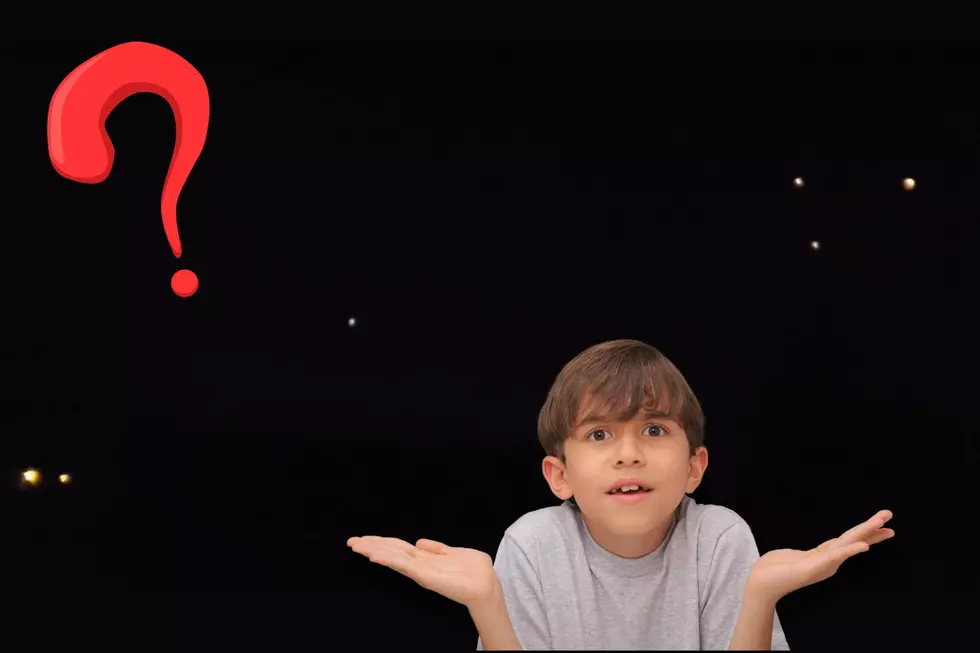
How KY Law Weighs In Regarding Stopping for Funeral Processions
While visiting relatives in Silver City NM a few years ago, we were driving on U.S. 180, A divided highway, it is the town's major thoroughfare and largely unavoidable.
We were heading back to my uncle's house when we noticed a funeral procession headed our way. Instinctively, I began to slow down out of respect; my dad was a funeral director, so it comes naturally in our family. But, being on the opposite side of the median from the procession, it wasn't necessary. Quickly remembering that, I sped back up. Plus, no one else was even figuratively batting an eye. No other drivers slowed their vehicles.
Funeral Processions in Kentucky
My inclination is fine here in Kentucky--not so much in the Land of Enchantment, where the traffic on the SAME side as the funeral line didn't even slow down. They were passing, right and left. I found it appalling, but then I checked New Mexico's law regarding such an occurrence, and I found none. There is no statute there that dictates how to deal with funeral processions. Consequently, they didn't have to stop or slow down. And I couldn't find whether or not it would be considered a traffic impediment if they did.
But not every state leaves the page about funeral procession traffic blank.
That's in Massachusetts, by the way.
In Kentucky, the law regarding funeral processions fills up a pretty fat paragraph. The law firm of Matthiesen, Wickert, & Lehrer, S.C. as collected all the state's laws on this matter, and here's what it says for the Commonwealth:
<span dir="ltr">Kentucky</span> <span dir="ltr">grants funeral processions the right</span><span dir="ltr">-</span><span dir="ltr">of</span><span dir="ltr">-</span><span dir="ltr">way at intersections without regard to any traffic control signal.</span> <span dir="ltr">T</span><span dir="ltr">he escort vehicle</span> <span dir="ltr">driver can direct the procession to proceed through an intersection or make any necessary movements despite any traffic contr</span><span dir="ltr">ol si</span><span dir="ltr">gnals.</span> <span dir="ltr">This</span> <span dir="ltr">implies</span> <span dir="ltr">that the lead funeral escort vehicle can disregard a red traffic signal. A funeral procession is defined as at least two vehi</span><span dir="ltr">cles accompanying</span> <span dir="ltr">the body of a dead person when every vehicle has its headlights lit or displays a pennant. It</span> <span dir="ltr">is not specific as to whether funeral processions may go</span> <span dir="ltr">through a red light, but it grants them right</span><span dir="ltr">-</span><span dir="ltr">of</span><span dir="ltr">-</span><span dir="ltr">way at intersections if the escort vehicle displays flashing red, yellow, or blue lights, and each vehicle</span> <span dir="ltr">exercises due care. Processions must yield</span> <span dir="ltr">to emergency vehicles, trains, or when directed otherwise by a police officer. Other vehicles cannot</span><br /><span dir="ltr">drive between, interfere with, or pass the procession unless directed by a police officer</span><span dir="ltr">.</span>
That is statute K.R.S. § 189.378, and it's that last sentence that tells us exactly what WE need to be doing when a procession approaches. It does NOT say we have to even stop if we're on the opposite side of a divided highway like I was in New Mexico. And on a busy road with lots of fast-moving vehicles, it doesn't sound like a good idea.
But on the same side? We yield all day long and twice on Sundays.
That's what I learned from my dad without so much as a conversation about it. I just watched and repeated.
And I will ALWAYS repeat it...even in New Mexico.
Odd Kentucky Laws You Probably Didn't Know Were Still on the Books
Gallery Credit: Dave Spencer
LOOK: What major laws were passed the year you were born?
Gallery Credit: Katelyn Leboff
More From WOMI-AM









